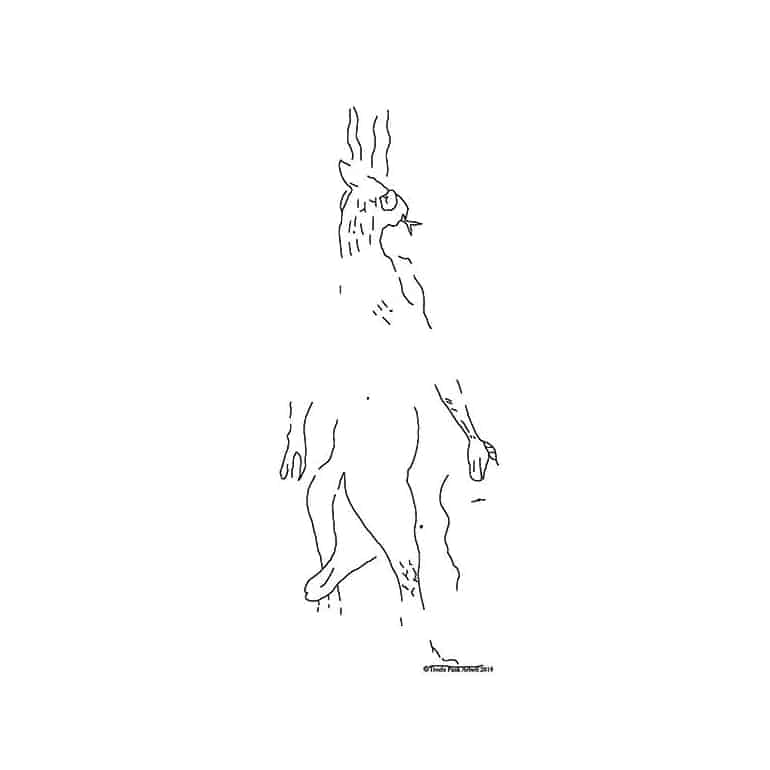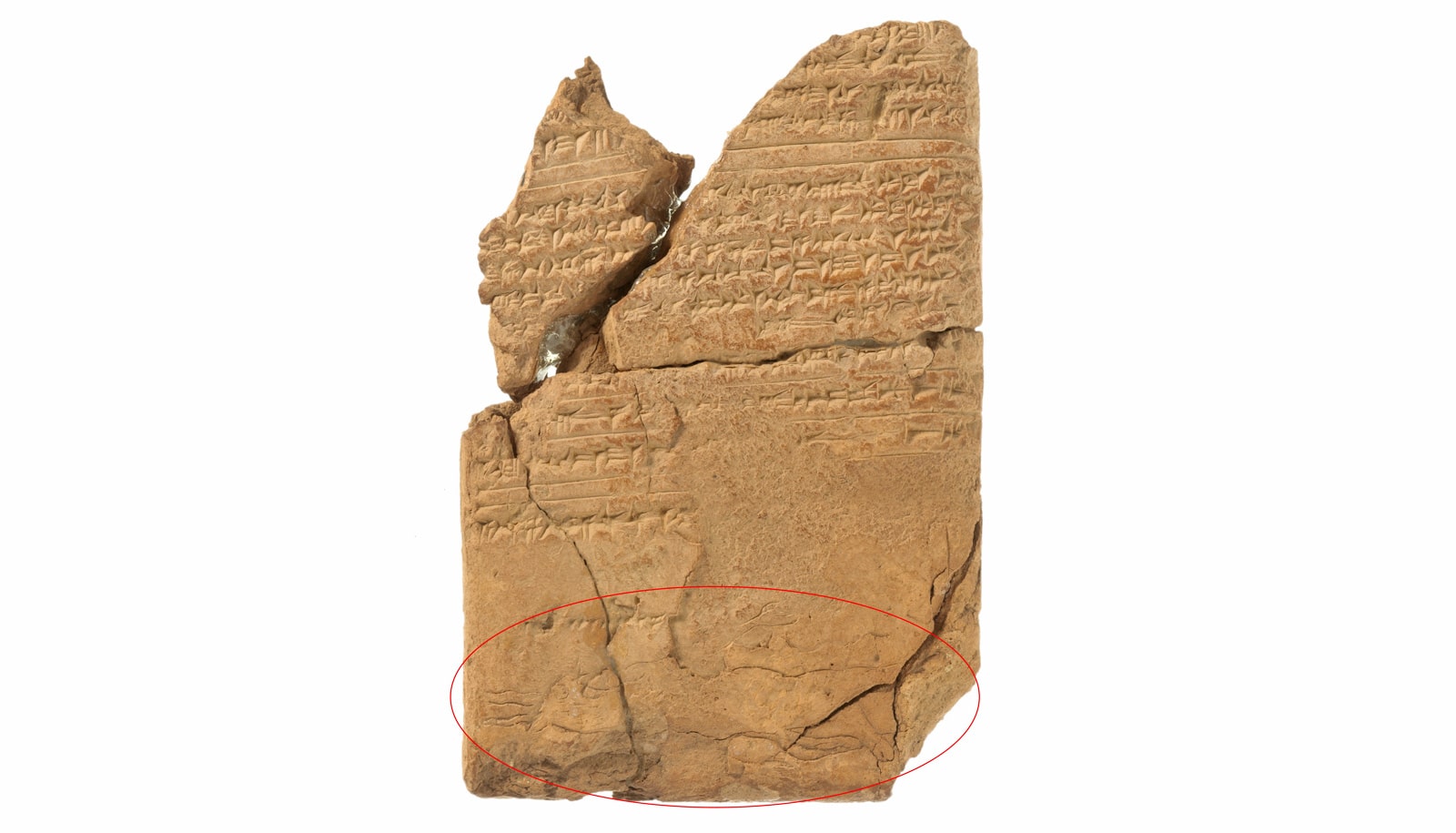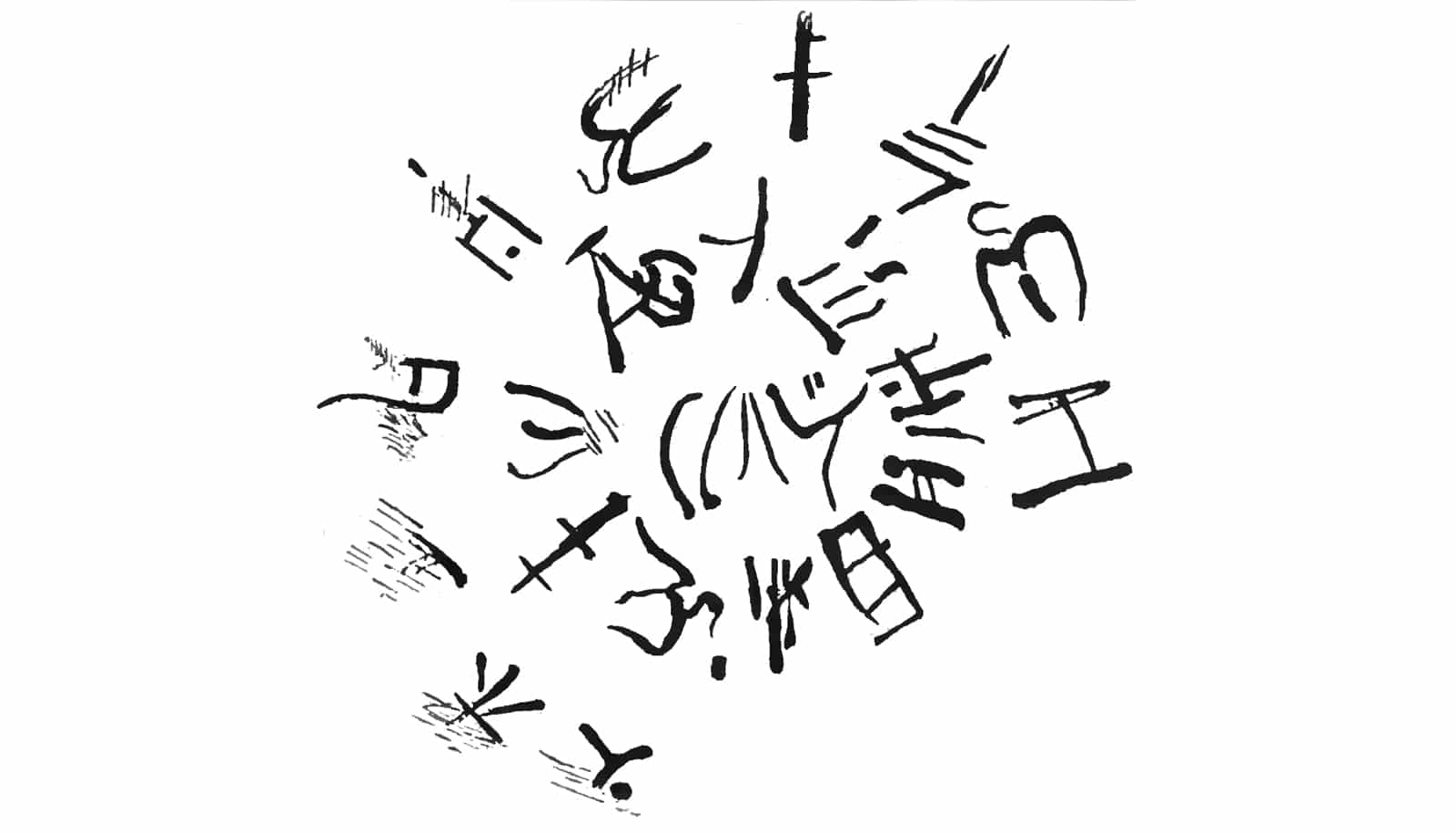A 2,700-year-old cuneiform tablet from ancient Iraq depicts the demon that the ancient Assyrians thought caused epilepsy.
It’s a previously overlooked element of the tablet describing medical treatments.
The demon is visible at the bottom of the image—horns and face to the left and legs to the right.

When Assyriologist Troels Pank Arbøll of the University of Copenhagen was studying the tablet at the Vorderasiatisches Museum in Berlin four years ago, he accidentally discovered a partially damaged drawing on its reverse. On closer inspection, the drawing turned out to be a demon with horns, tails, and a snake tongue that, according to the text, was the cause of the dreaded illness Bennu-epilepsy.
Assyria is one of the earliest civilizations, and the history of ancient Assyria dates from approximately 2000 to 612 BCE.
Assyria was an ancient kingdom and later empire on the river Tigris in the fertile part of present-day northern Iraq. Assyria took its name from the city of Assur, located approximately 100 km (62 miles) south of the Iraqi city of Mosul, as well as the main deity Ashur.
The text is written in a dialect of the now extinct Semitic language Akkadian. It was written in cuneiform, where the signs represent entire words as well as sounds in a system reminiscent of Egyptian hieroglyphs. They were pressed into clay tablets with a reed stylus. Because the signs can be ambiguous, the text is subject to interpretation.
“We have known for a long time that the Assyrians and Babylonians regarded diseases as phenomena that were caused by gods, demons, or witchcraft,” says Arbøll. “And healers were responsible for expelling these supernatural forces and the medical symptoms they caused with drugs, rituals, or incantations.
“But this is the first time that we have managed to connect one of the very rare illustrations of demons in the medical texts with the specific disease epilepsy, which the Assyrians and Babylonians called Bennu.”
“Drawings of supernatural powers are very rare on cuneiform tablets with magical and medical treatments. When there is a drawing, it usually depicts one of the figures that the healers used in their rituals, not the demon itself. But here we have a presentation of an epilepsy demon as the healer who wrote the text must have imagined it.”
Bennu-epilepsy, which is one of the diseases described in the 2,700-year-old text, was feared in ancient Iraq; symptoms included seizures, loss of consciousness, or sanity, and, in some cases, the patients are described as crying out like a goat.
“The text also states that the demon acted on behalf of the lunar god Sîn when it inflicted a person with epilepsy. So the Assyrians and Babylonians believed that there was a connection between the moon, epilepsy, and insanity,” says Arbøll. “In the following millennia, this idea became widespread, also in our part of the world, and it can still be detected in the English word “lunacy.”
“In other words, the views on illness, diagnoses, and treatments in the earliest civilizations have had a significant impact on later perceptions of illness, even in recent history.”
Arbøll reports his findings in the Journal des Médecines Cunéiformes. The Edubba Foundation supports his work.
Source: University of Copenhagen


